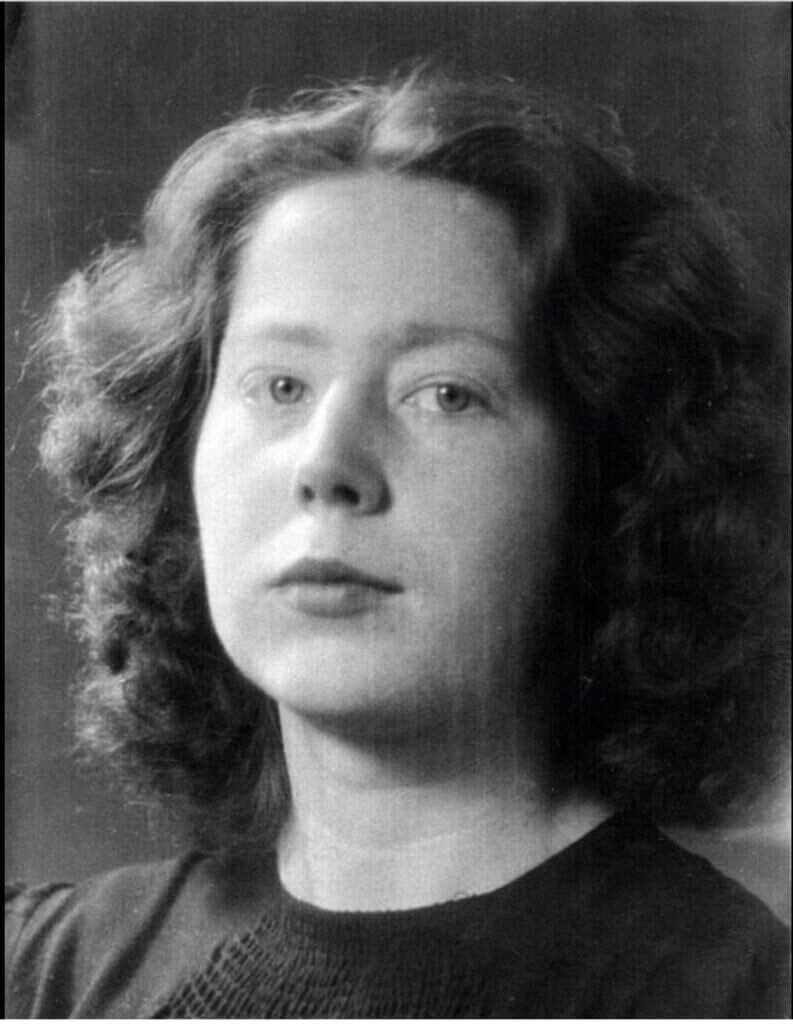
Estimated reading time: 11 minutes
Jannetje Johanna Schaft was born on 16 September 1920, in Haarlem, a city in northern Netherlands. As a child, she went by Jo. Her mother was a devout Mennonite, while her father taught school. When the little girl was seven, her older sister Anna succumbed to diphtheria. Her parents were exceptionally protective of her as a result.
Table of contents
Jo’s father was a member of the Social Democratic Workers’ Party, and politics was a common topic of conversation around the home. When she came of age, Jo enrolled in law school intending to become a human rights lawyer. While studying law she developed friendships with several Jewish students. In the late 1930’s with persecution of the Jews on the rise across Europe, Jo felt energized to support them.
The World Goes to Hell
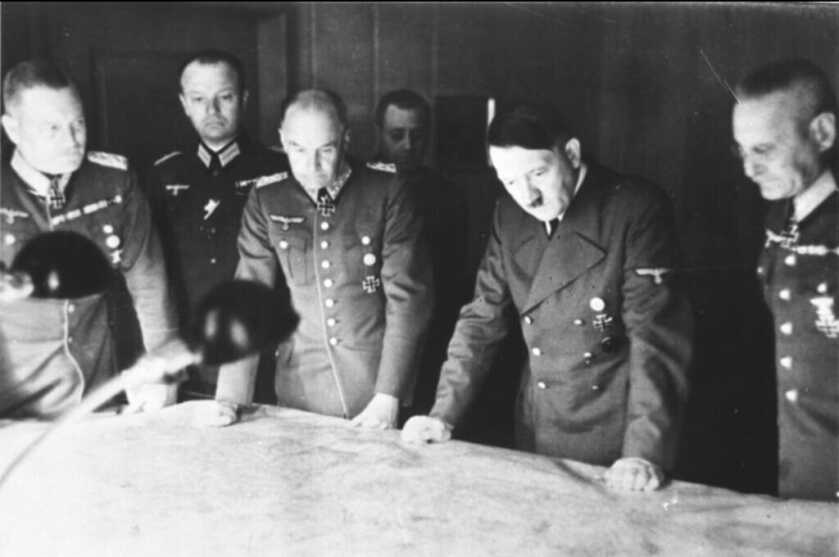
The Germans seized the Netherlands in 1940 as part of the overarching Operation Fall Gelb (Case Yellow). Thus began a brutal occupation that stretched until the country was finally liberated by the Allies in 1945. For five long years, the Germans as well as their Dutch collaborators tirelessly battled resistance forces. Jannetje Johanna Schaft found herself right in the middle of all of that chaos.
In 1943, the Germans demanded that university students sign a declaration of allegiance to the Nazis. Jo refused, as did roughly 80% of her fellow students. She was subsequently ejected from school before graduation. Jo then moved back in with her parents in Haarlem. However, she brought two of her Jewish university friends along with her and hid them from the hated occupiers.
The Law Student Goes to War
Now with a little time on her hands, Jo sought out the Resistance. Once established, she was given the codename Hannie. She became known for her fiery red locks.
Hannie started out small, stealing ID cards for her Jewish friends and working as a courier. However, in short order she developed a proclivity for wet work. Hannie’s true calling was sabotage and assassination. Lots of folks talked about killing Nazis. Hannie Schaft actually did something about it.

Her weapon of choice was a Browning M1922 pistol in .380ACP. Trim, reliable, and concealable, the FN M1922 saw widespread distribution both within the Underground and as a service pistol among Nazi forces. Hannie Schaft put hers to exceptionally good use.
You Never Forget Your First
Hannie’s introduction to the dark, shadowy world of targeted assassination was remarkable. After training in basic weapons maintenance and marksmanship, she was assigned her first live hit–the targeted killing of a local villain rumored to be an SD officer. As part of a two-person hit team along with a fellow Resistance operative named Cor Rusman, Hannie made her approach to the target. When the time was right, she presented her handgun, leveled it at the man, and squeezed the trigger. Next came a sickening click. The weapon was unloaded.
The SD man then calmly introduced himself as Frans van der Wiel, the commander of the local Resistance cell. Hannie had passed her test. While she had clearly demonstrated her dedication and willingness, she was furious about having been put through it. However, she was now cleared for field ops.
Schaft Had Many Superpowers
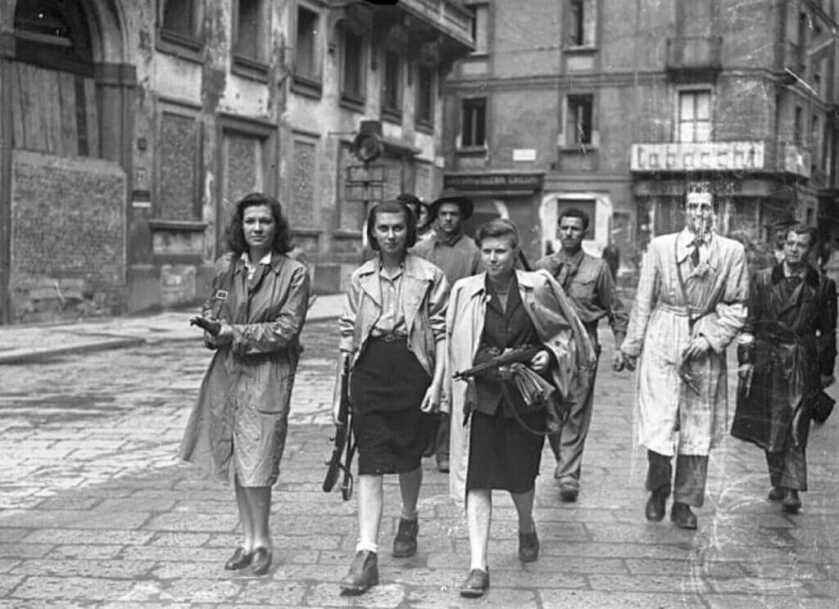
Over time, Schaft learned to speak German fluently. She cultivated relationships with Nazi soldiers so as to get closer to her targets. She and her young female friends would put on bright red lipstick and frequent local watering holes looking to pick up German soldiers. They would feign drunkenness and then invite the men out into the woods for a little off-the-books fun before cutting them down and stashing the bodies. Being an attractive woman is like having a superpower. Hannie Schaft used hers to kill Nazis.
Time has muted the extent of her operational history. Nobody had time to keep detailed records. However, her personal tally was nonetheless impressive. She was eventually spotted at the site of one of her hits and reported to the authorities. No one knew her identity, but her appearance was distinctive. The Nazis subsequently placed, “The Girl with the Red Hair” on their most-wanted list.
No Shortage of Business
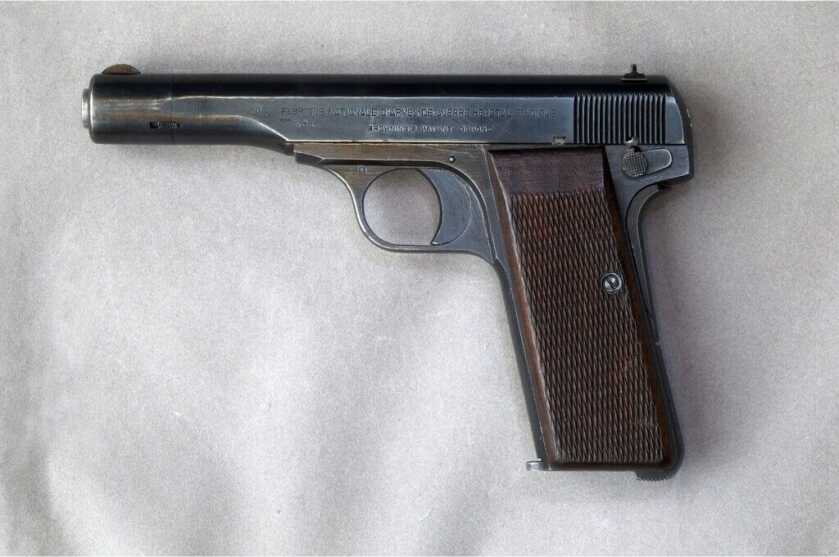
On 21 June 1944, Hannie and a fellow Resistance shooter named Jan Bonekamp undertook the targeted killing of a Dutch police officer collaborator named Willem Ragut. Hannie shot the man in the back with her .380ACP Browning. However, Ragut returned fire, striking Bonekamp in the gut before succumbing to his wounds.
Bonekamp’s injury was lethal, but he survived long enough to make it to the local hospital. There he inadvertently identified Hannie to Nazi sympathizer nurses after they claimed to be with the Resistance. The Nazis were unable to locate Schaft, but they arrested her parents and dispatched them to the Herzogenbusch concentration camp near Den Bosch. The trauma of these events pushed Hannie underground for a time. Miraculously, her parents were safely released after two months.
Schaft and Her Next Level Killing
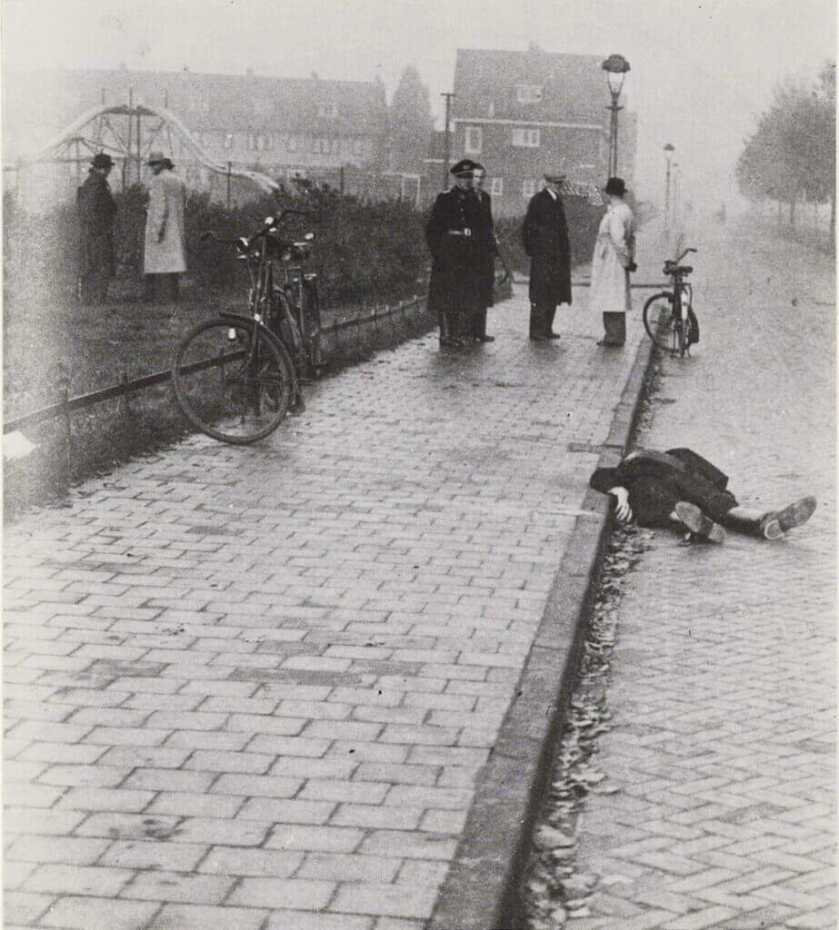
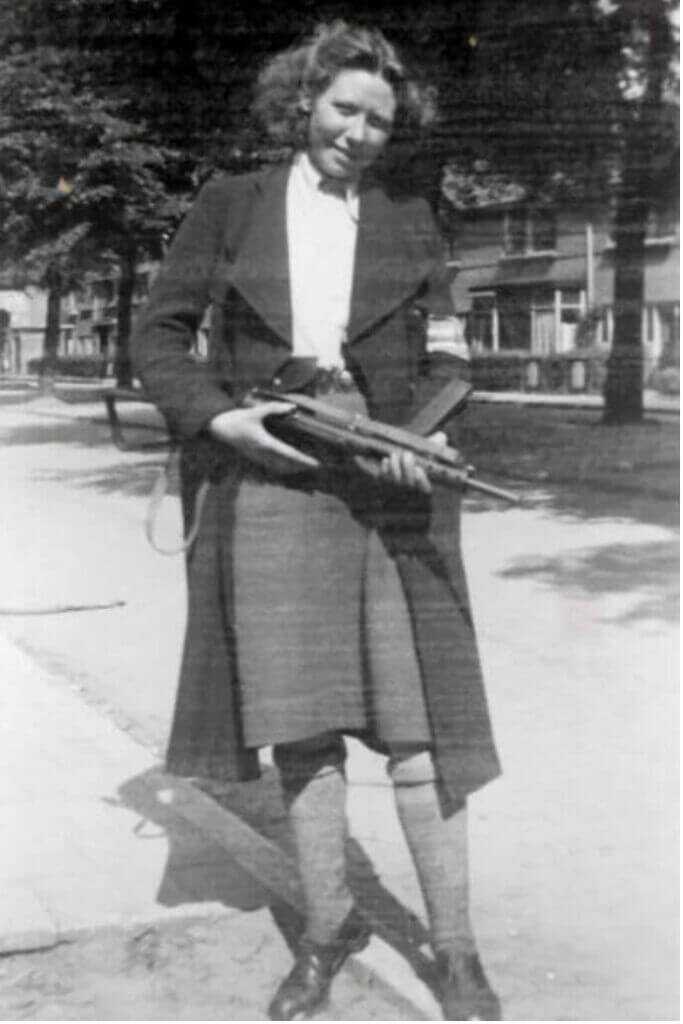
From this point forward, Hannie dyed her hair black and tried to be careful. She helped plan the killing of a collaborator policeman named Fake Krist in October of 1944. On 1 March 1945, Hannie and Truus Oversteegen killed another Nazi policeman named Willem Zirkzee.
Two weeks later they wounded Ko Langendijk, a local hairdresser who worked as an informant for the German SD. Langendijk survived both this attack and the war only to be sentenced to life in prison for supporting the Nazis during the occupation. However, by now Hannie Schaft was developing a well-earned reputation.
Catastrophe
Hannie Schaft was arrested at a German checkpoint on 21 March 1945, for illicitly distributing an illegal communist newspaper called de Waarheid (“The Truth”). In reality, the paper was just her cover. She was actually actively moving secret messages for the Resistance. The newspaper thing was incriminating, but was not the sort of infraction the Germans automatically just flat-out killed you over. Hannie was remanded to a German-run prison in Amsterdam for interrogation and torture.
Hannie successfully resisted her captors’ efforts to extract information. However, over time her hair inevitably grew out. When the Germans recognized her red roots they knew they had finally captured the master assassin Hannie Schaft. Though the war was just weeks from ending, the Nazis decided that Schaft must die.
Hannie Schaft: Defiant to the End

On 17 April 1945, two Dutch Nazis named Mattheus Schmitz and Maarten Kuiper transported Hannie to the dunes of Overveen near Bloemendaal on the direct orders of Willy Lages. Lages headed up the SD in Amsterdam during WW2 and was a proper monster. The young firebrand Resistance fighter was only 24 years old at the time. The two turncoat Dutchmen forced Hannie to kneel, and Schmitz shot her in the back of the head at near-contact range. What happened next made Hannie Schaft a legend.
Many of the compact service pistols used by the Germans and their minions were pathetic little .32-caliber pocket guns. In this case, the round deflected off of Hannie’s skull. She then purportedly turned to her executioners and said, “Ik schiet beter!” This translates to, “I shoot better!” Kuiper then stepped forward and killed the woman with a burst of fire from his submachine gun.
The Aftermath

There is no record of Mattheus Schmitt ever having been prosecuted after the war. However, Maarten Kuiper and Willy Lages were both brought up on charges for war crimes. Kuiper was sentenced to death and executed in 1948. Lages was similarly sentenced. However, in a profoundly controversial move, the Dutch Queen Juliana refused to sign his death warrant. His sentence was commuted to life in 1952.
Lages was eventually freed in 1966 due to poor health. His release sparked widespread public protests. Lages eventually returned to Germany where he died of natural causes in 1971.
Ruminations
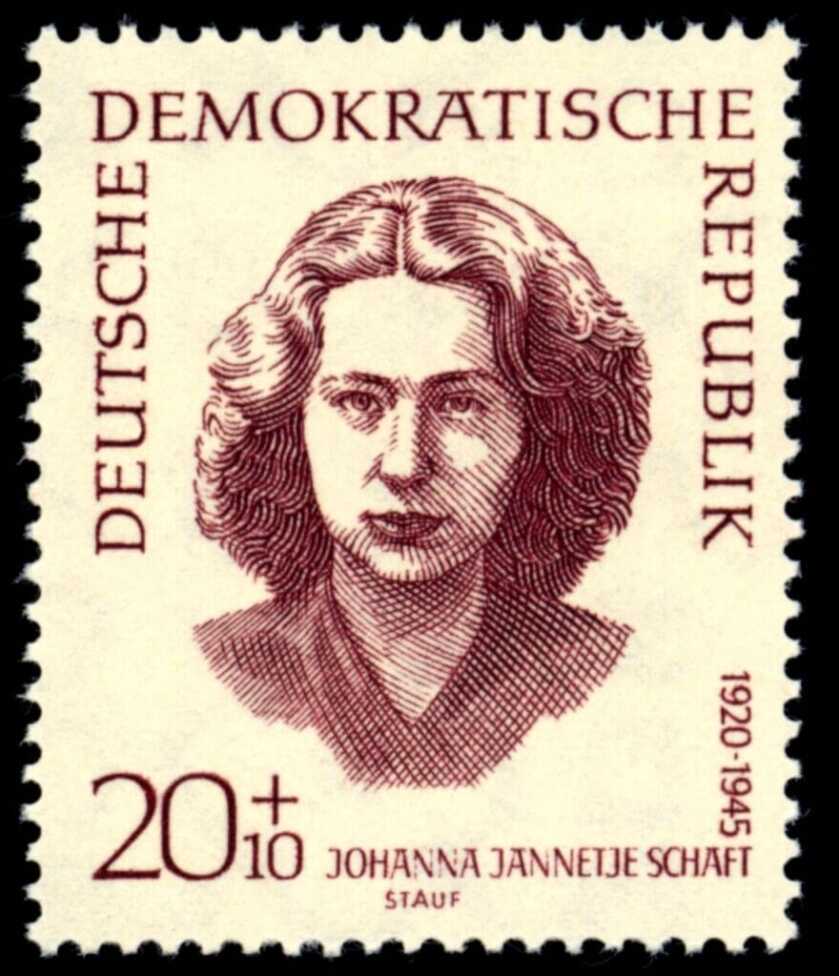
The Bloemendaal dunes where Hannie Schaft died was the location of a large number of German executions during the war. Once the dust settled, Dutch authorities exhumed the bodies buried there. They found 421 men and one woman–Hannie Schaft. She was re-interred with honors at a ceremony attended by the Dutch Queen and her husband.
Hannie Schaft’s reputation waxed and waned through the years. Queen Juliana unveiled a large bronze commemorative statue in her honor in the Kenau Park in Haarlem near where she was born. She was posthumously awarded the Dutch Cross of Resistance as well as the Medal of Freedom by General Eisenhower. However, she was also an avowed communist. During the Cold War, veneration by the Dutch communist party took the shine off of her exploits.
Hannie Schaft Legacy
Tens of thousands of Dutch communists visited Hannie’s grave until 1951, when such celebrations were forbidden. One event had to be broken up by several hundred riot police backed up by four tanks. It was a weird time.

Eventually, with the Cold War won and communism in decline in the Netherlands, interest in Hannie Schaft’s exploits was kindled anew. Books and movies about her life followed. There is now an annual event staged in Haarlem in her honor. The last Sunday of each November is set aside as a day of remembrance in the Netherlands for Hannie’s life, work, and martyrdom.
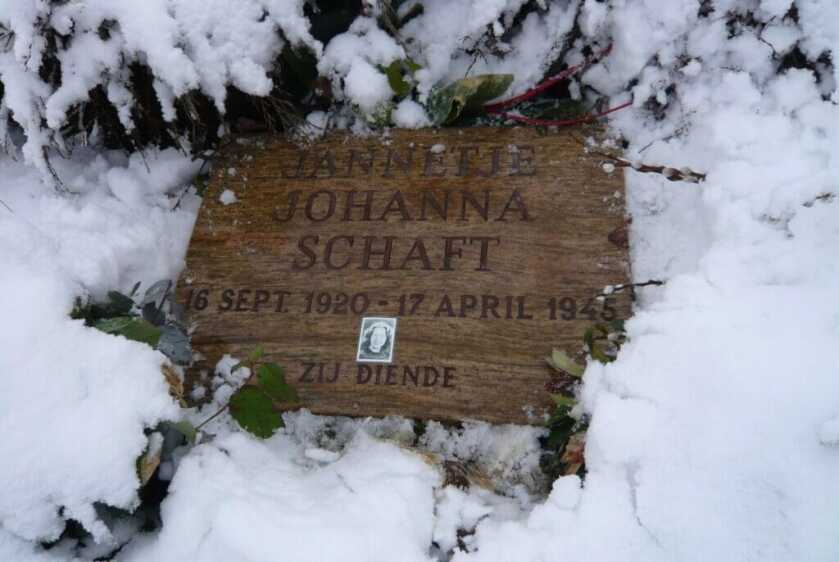
Unlike movie depictions, killing at close quarters is reliably hard. It requires resolve, nerve, technical skill, the right tools, and no small amount of raw unfiltered hate. Hannie Schaft had all of these in abundance. In her brief life and gory death, we see resistance personified. At a time when she could have simply stood aside and let the war pass her by, Hannie took up arms and killed Nazis. She was a patriot of the highest order.
*** Buy and Sell on GunsAmerica! ***


I recommend watching Paul Verhoeven’s “Black Book”. While not factual, it is a great watch and set in the same timeframe.
One day very soon, patriots like this will be needed to clean out the Communist Progressive Liberal Criminals, the Illeaga Alien Invaders, and the murdering Muslim scum, that is infesting our country like an insidious cancer! 🧐
I have to agree with “Mike in a truck” in that the pistol being simply unloaded would not be part of “the test.” Even amateurs would check the chamber for a cartridge and she was supposedly at the cusp of her training. Most likely the firing pin was removed to ensure safety.
I don’t think for a second that Hannie’s pistol was unloaded when she attempted to shoot Franz. A trained fighter would have performed a chamber check when issued a pistol. A loaded magazine adds heft to a pistol..she would have noticed that also. Either the firing pin was removed,or the pistol altered not to fire or dummy rounds were in it. Quite a remarkable young lady. I fear though that the ghost of Hannie will arise in this nation. Soon.
To: Dr Dabbs
GunsAmerica
Bravo Sir! I find your articles extremely interesting and well written. Some of your subject material and persons I never knew or heard about. Please keep publishing this material.
From the article: “So much scum in such a tight, enclosed space.”
Sounds like you could be talking about meetings in Davos. SSDD.
Heroic no doubt. I also have no doubt this young woman would, given the opportunity, donned an NKVD uniform and gunned down – or worse – anyone who opposed or was even lukewarm about Bolshevism.
National Socialism and Communism…different sides of the same coin. And while there are no NAzi’s in the US outside of incels cowering in a few decrepit bunkers in West Virginia or Coeur D’Alene, there are many thousands of professed Communists in universities, government and corporate America.
Which was the greater threat, again?
Great article as usual Dr. Dabbs. I really enjoy how your writing takes people most of us have probably never even heard of and brings there story to life.
How many of us will have “what it takes” when our own homeland succumbs to the ever-increasing, divisive, and destructive tactics of Marxism 101? Although I pray and hope for peaceful, prosperous times… I don’t believe them to be in our foreseeable future. We too, will need many who are skilled and true to their oath to defend the Constitution. It will help immensely if we also have the moxie of this young woman who rose to the occasion, and paid the ultimate price.
Don’t forget that this woman was doing what she did in support of Marxism. Yes, heroic, but misguided. Ask yourself, who was fighting Marxism in Europe at the time.
Hating both Fascism and Marxism are not mutually exclusive. I need not favor one to despise the other.
Enjoyed this article as I do all of Will’s writing. I’d like to point out the picture of a postage stamp with Jo Schaft’s picture is not Dutch as implied by the caption. Rather, it was issued by East Germany — hence the words “Deutsche Demokratische Republik.” Maybe celebrating what a loyal communist can do when faced with Nazis? Odd that she became stamp-worthy in a regime nearly as oppressive as the one she fought against.